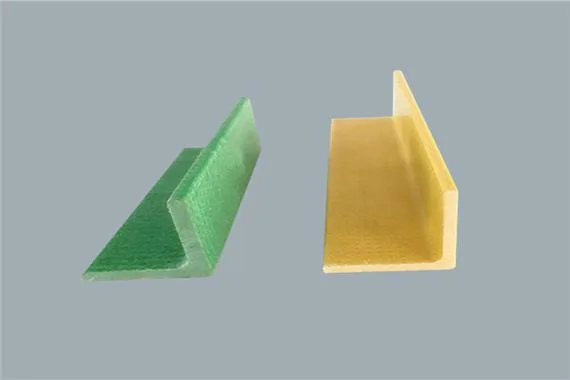Introduction
When it comes to construction and industrial applications, finding materials that are both cost-effective and durable is crucial. One such material that has gained popularity over the years is Fiber Reinforced Polymer (FRP). Specifically, FRP angles are widely used for their strength, resistance to corrosion, and lightweight properties. In this guide, we will delve into everything you need to know about FRP angle prices, factors affecting these prices, and why FRP angles are a smart choice for various projects.

frp angle price
Understanding FRP Angles
What are FRP Angles?
Fiber Reinforced Polymer (FRP) angles are structural components made from a composite material consisting of a polymer matrix reinforced with fibers. These fibers are typically glass, carbon, or aramid. FRP angles are known for their exceptional strength-to-weight ratio, making them an ideal choice for various construction and industrial applications.
Common Uses of FRP Angles
FRP angles are used in a wide range of applications, including:
- Structural support in buildings and bridges
- Cable trays and ladders in electrical installations
- Reinforcement in concrete structures
- Frameworks for walkways and platforms
Factors Influencing FRP Angle Prices
Several factors influence the price of FRP angles, including:
Material Costs
The cost of raw materials, such as the resin and fibers used in FRP, can significantly affect the final price of the product. High-quality materials generally lead to higher prices but also ensure better performance and longevity.
Manufacturing Processes
The method used to manufacture FRP angles, such as pultrusion or molding, impacts the cost. Pultrusion, a common method, involves pulling raw materials through a heated die, which can be more cost-effective compared to other manufacturing techniques.
Market Demand
Like any other product, the price of FRP angles is affected by market demand. High demand can lead to increased prices, while low demand might result in discounts and lower prices.
Quality and Standards
FRP angles that meet higher industry standards and certifications tend to be priced higher. Ensuring that the FRP angles meet specific quality standards is crucial for their performance and safety in various applications.
Benefits of Using FRP Angles
Durability and Strength
FRP angles offer excellent durability and strength, making them suitable for heavy-duty applications. They can withstand harsh environmental conditions, including exposure to chemicals and extreme temperatures.
Corrosion Resistance
One of the standout features of FRP angles is their resistance to corrosion. Unlike metal angles, FRP angles do not rust or corrode, making them ideal for use in corrosive environments such as marine and chemical industries.
Lightweight Properties
FRP angles are significantly lighter than their metal counterparts. This lightweight nature makes them easier to handle and install, reducing labor costs and time.
Cost-Effectiveness
Despite the initial higher cost compared to some materials, the long-term benefits of FRP angles, such as reduced maintenance and longer lifespan, make them a cost-effective solution.
Comparing FRP Angle Prices with Other Materials
When evaluating the cost of FRP angles, it’s essential to compare them with other materials such as steel, aluminum, and PVC.
Steel Angles
Steel angles are known for their strength but are susceptible to corrosion and require regular maintenance. They are generally cheaper initially but can incur higher long-term costs due to maintenance.
Aluminum Angles
Aluminum angles are lightweight and resistant to corrosion but are not as strong as FRP angles. They can be more expensive than FRP angles depending on the application and required strength.
PVC Angles
PVC angles are inexpensive and resistant to corrosion but lack the strength and durability of FRP angles. They are suitable for light-duty applications but not for structural support.
Where to Buy FRP Angles
To ensure you get the best quality FRP angles at a reasonable price, consider purchasing from reputable suppliers. Here are some options:
Reputable Suppliers
Look for frp angle suppliers with a proven track record in providing high-quality FRP products. They often offer warranties and adhere to industry standards.
Online Marketplaces
Websites like Amazon, Alibaba, and specialized industrial supply sites can offer a wide range of FRP angles. Ensure you read reviews and check ratings before making a purchase.
Local Distributors
Local distributors and hardware stores may carry FRP angles. Buying locally can save on shipping costs and allow you to inspect the product before purchase.
Conclusion
In conclusion, FRP angles are a versatile, durable, and cost-effective solution for various applications. Their resistance to corrosion, lightweight properties, and strength make them an excellent choice compared to traditional materials like steel, aluminum, and PVC. When considering the price of FRP angles, it’s important to factor in the long-term benefits and potential cost savings. Choose reputable suppliers to ensure you receive high-quality FRP angles that meet your project’s needs. Invest in FRP angles today for a durable and economical solution.




























